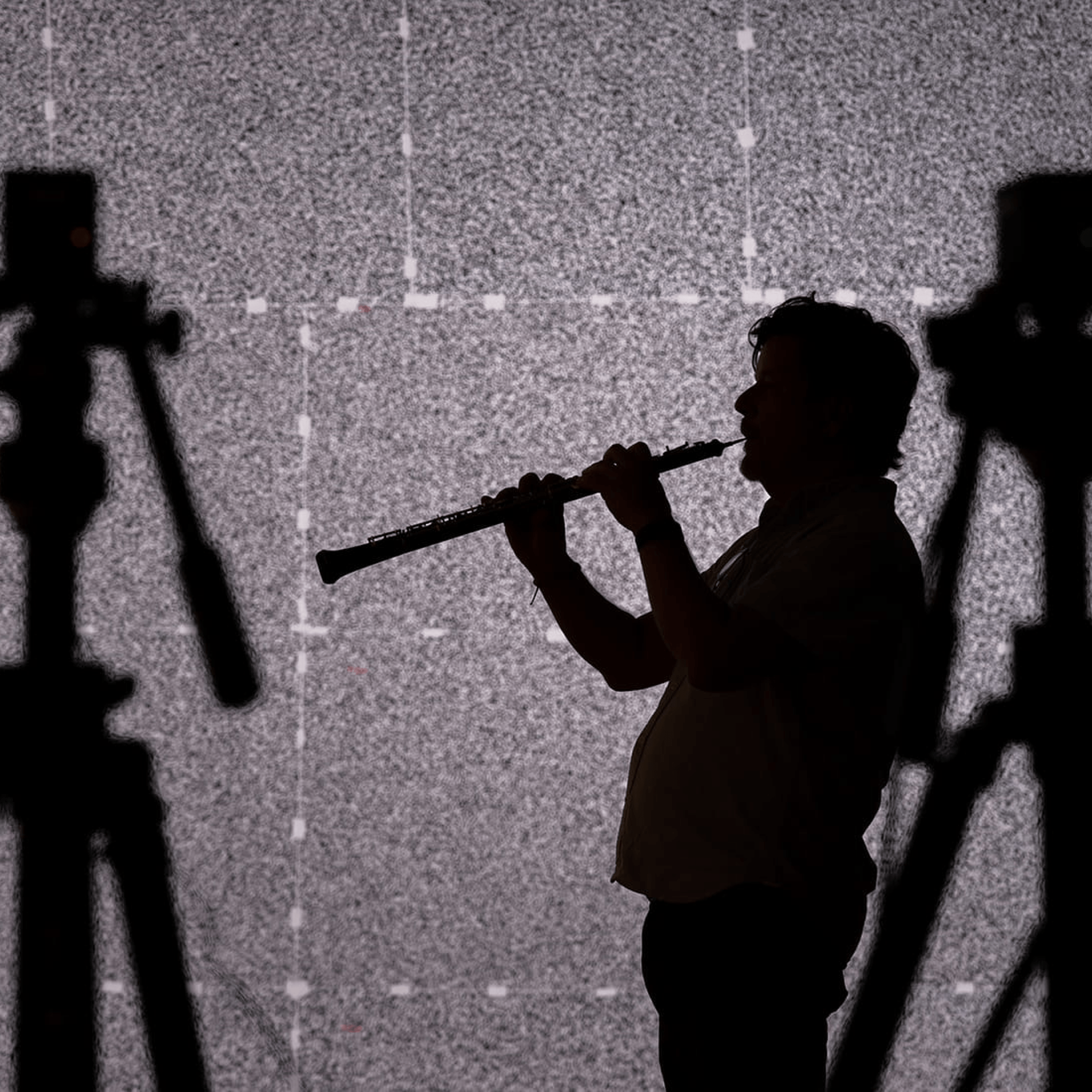Engineers and musicians from Rice University’s Shepherd School of Music and the Houston Symphony determined social distancing will not be enough to keep musicians safe while performing on-stage.
Using a high-speed camera, researchers studied air released by musicians who were singing or playing wind instruments.
Ashok Veeraraghavan, a Rice imaging expert, said social distancing is important, but other factors must be taken into account.
“Our main message is that there is no single silver bullet. Performance venues are going to need a mix of several different risk mitigation strategies. Each of them will help a little, and the sum total of all of them will minimize risk to both the performers and the audience,” Veeraraghavan said.
Robert Yekovich, dean of the Shepherd School of Music and co-principal investigator of the study, said a goal of the study was to help people return to the stage, which is why the findings are being published.
“Peer review may take a year or more, and we believe it is imperative to make others aware of what we found,” Yekovich said.
Schlieren imaging is a method used to study airflow, so Yekovich, Veeraraghavan and John Mangum, the president and CEO of the Houston Symphony, used it to study singers and flute, oboe, clarinet, bassoon, horn, trombone, trumpet and tuba players.
With cameras, a high-resolution background and computational algorithms, they were able to see and track air flow after it leaves mouths and instruments and travels throughout the room.
While the travel of large droplets is well-documented, they wanted to study microdroplets, which can linger in the air for hours.
The group hypothesized that the microdroplets would be the most important droplets to pay attention to. The experiment showed that exhaled air and droplets tended to rise to the top of the room.
“Because exhaled air was warmer than the room air, we found most of it rose rather quickly, carrying the bulk of exhaled microdroplets into air currents that were primarily driven by ventilation,” Veeraraghavan said.
They now recommend music venues meeting or exceeding federal guidelines of six room air exchanges per hour. They also suggest that venues themselves consider air filtration above the stage.
Veeraraghavan still said social distancing is important because of the large droplets, adding that masks should be worn.
Mangum thought that social distancing would be the most important thing when welcoming performers and audiences back to venues, but it’s going to take a bit more than standing six feet apart.
“The Rice experiments showed it’s more complex than that. Now we want all musical organizations and individual musicians to benefit from that understanding,” Mangum said.
You can see the results of the study by clicking right here. A video is also available by clicking right here.






